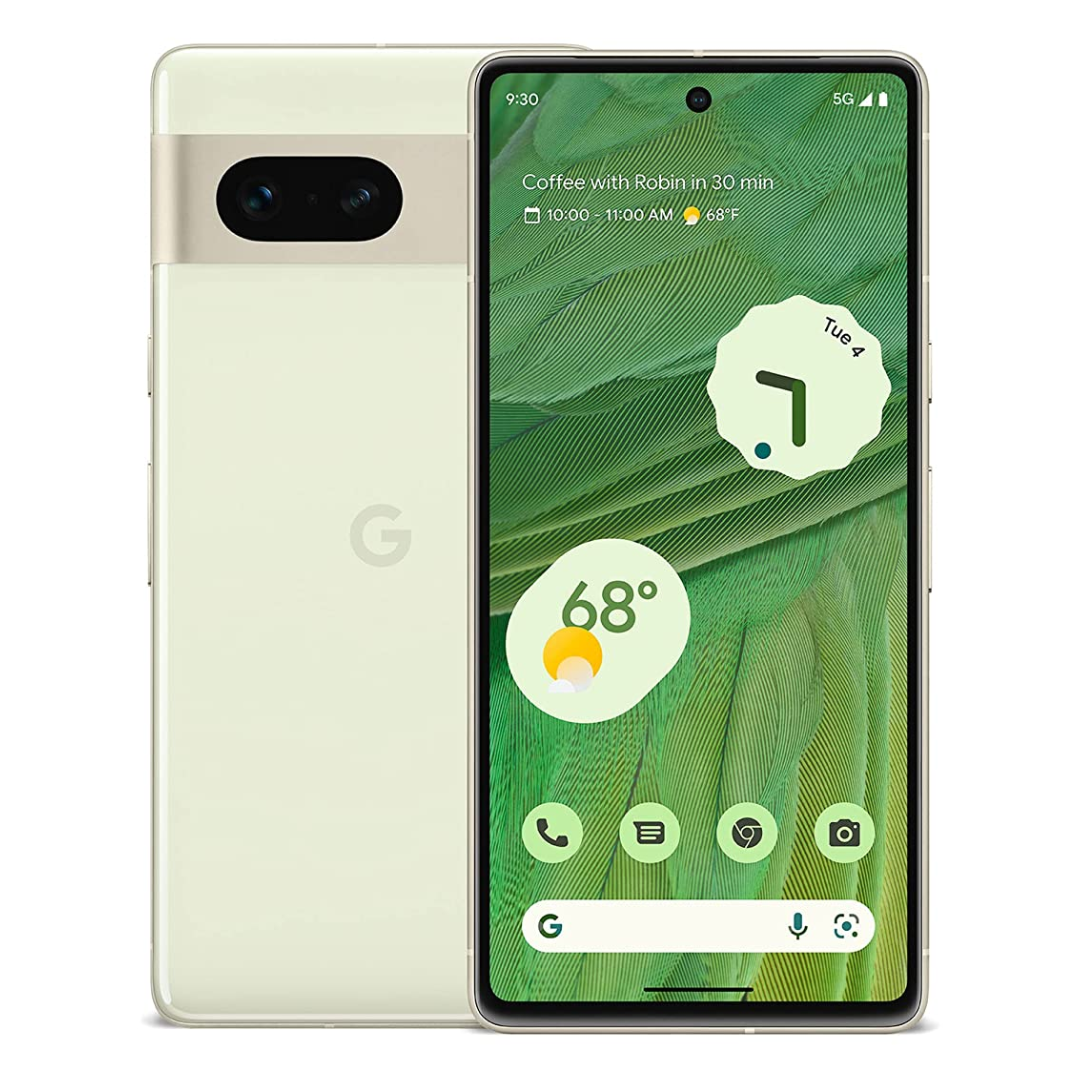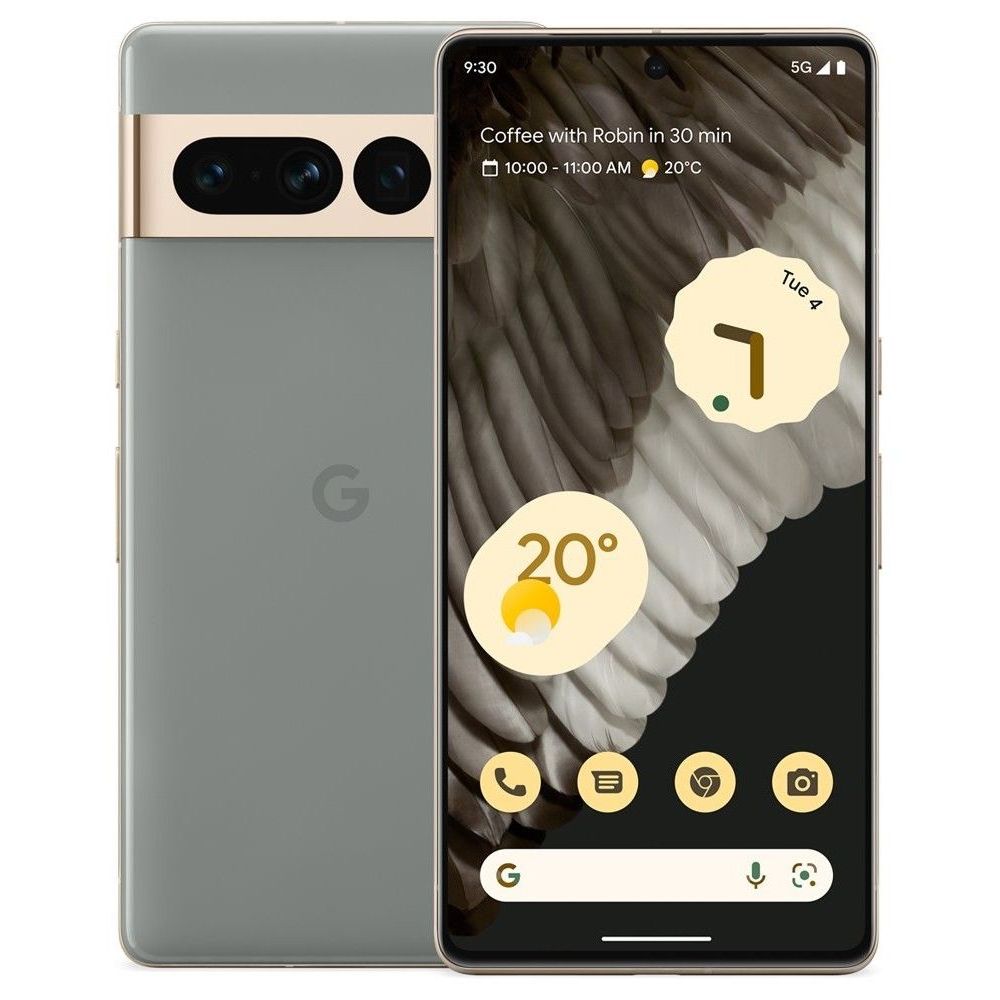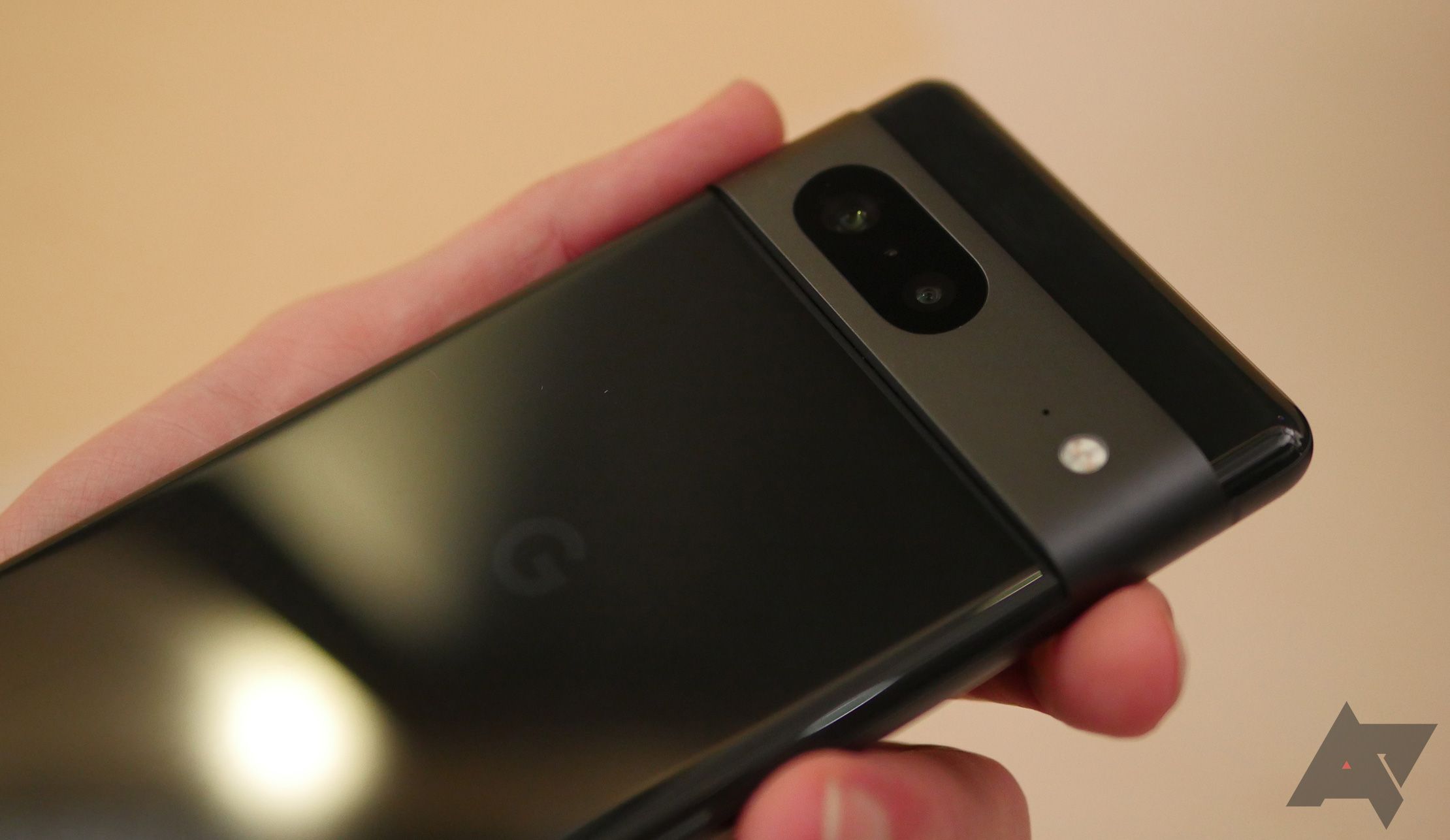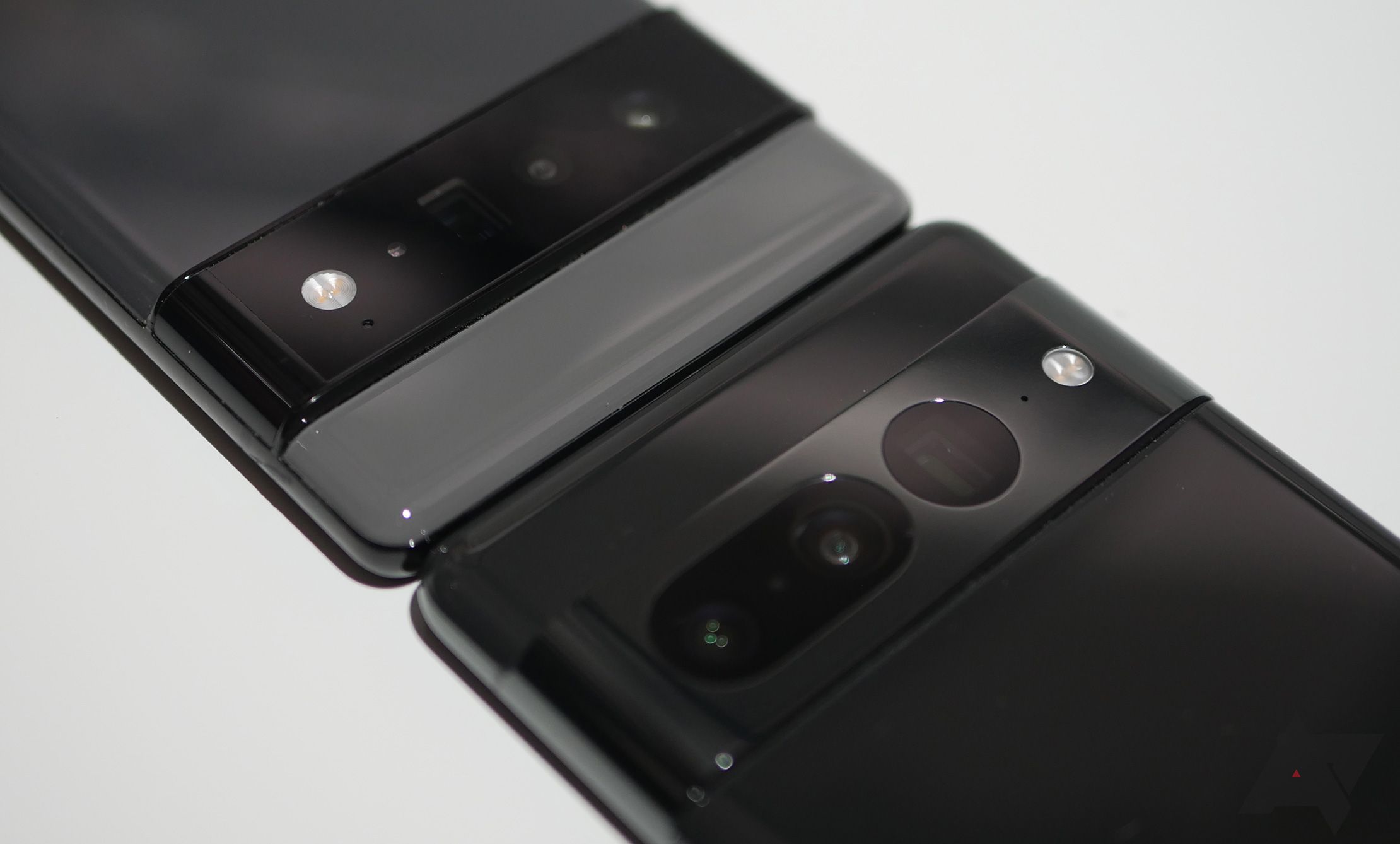Google just launched the Pixel 7 and 7 Pro during its October event. There weren't many surprises, thanks to all the teasers and leaks that have been our constant companions ever since Google I/O in May, and it's almost certain that the new Google phones will become some of the best handsets in the Android world. Now that the event is over, and we went hands-on with the Google Pixel 7 and 7 Pro, I want to love the smaller and more premium phone for its form factor, build quality, and value proposition. However, it's missing one key feature for me: a zoom camera lens.
I bought a Google Pixel 6 right after the launch event last year, and it has done me an incredible service over the past 12 months. It's been my companion on vacations, events, travels, and many more happy and also not-so-happy occasions in my life. I haven't run into many issues, either. Mobile connectivity has often been cited as a problem for the Pixel 6 series, but for me, in Germany, it's just fine. I've experienced some software issues like auto-rotate refusing to work, but all of my woes have long been fixed with updates. There is one thing I will never get an update for, though, neither on the Pixel 6 nor the Pixel 7: the camera hardware.
I had the chance to review some fine flagships over the past year, including the Honor Magic 4 Pro and the Vivo X80 Pro. I don't want to go in-depth about these devices in particular, but one thing I absolutely loved was the ability to zoom in using their telephoto and periscope zoom cameras. It opened a whole other world of mobile photography for me. As much as I like my trusty Pixel 6 for its software and experience, I've increasingly started yearning for a telephoto camera (it doesn't even have to be periscope—I'm reasonable!).
Honor Magic 4 Pro zoom shots. My Pixel 6 could not have done this at this quality level, and neither will the Pixel 7 be able to.
I don't know about you, but I want to get subjects closer to my camera in most circumstances rather than further away. This begins with portrait shots that create a more flattering image when you go for a 2x zoom on the Pixel 6, but that's also true for buildings, some landscapes, and smaller motives like my latest coffee. Google acknowledged on stage that 2x zoom on the Pixel 7 comes closest to our vision, which is why many customers opt for the cropped-in images at the expense of quality. That's also the reason why moving closer with the camera doesn't always cut it, either. The lens distortion creates a subtle but important difference.
The Pixel 6 can deliver, to an extent, as it manages to crop in at a decently high quality when you stick with about 2x zoom. The 50MP sensor the Google Pixel 6 and 7 share offers decent quality without losing much quality as long as you don't go too close and as long as it isn't too dark. The Pixel 7 even takes things a step further, learning a trick from the latest iPhone. When you zoom in, it only uses the 12.5MP sensor area that is actually needed from the full 50MP camera, theoretically creating a higher quality and more detailed image than what the Pixel 6 could produce (though you will have to stay tuned for our full review to see if Google can deliver on this promise).
But that's all only about 2x zoom, and sometimes, that's not quite enough.
The Pixel 6 Pro and the Pixel 7 Pro. Both are equipped with zoom lenses.
It's clear that it's cheaper to include simpler lenses like a macro, a ToF sensor, or said ultra-wide lenses like many great budget phones do. Still, I would love for manufacturers, Google, in particular, to stop and think about the value these add to their setup. A macro camera that is used once a year or a poorly executed ultra-wide is worth less than an excellent single camera setup or one that makes other and better compromises. That's why I'd rather have a Pixel 7 with a standard lens and a telephoto than one with a standard and an ultra-wide lens—or heck, a setup with three cameras.
I know that this probably won't happen. The Pixel 7 and 7 Pro are incredibly similar already, down to size, SoC, and software. Moving a, say, 3x zoom camera to the regular 7 would almost eliminate the need to have a Pro version in the first place. But you could also see this as an incentive for Google to create a Pro product that isn't so similar to the regular version.
After all, there's no need to equate a Pro phone with a Pro camera setup. Google could change this equation to make its top-of-the-line hardware stand out based on its processing, battery, or design prowess.
The Samsung Galaxy S22 has a zoom lens, just like the Galaxy S22 Ultra.
Samsung and some other manufacturers have proved that this is possible. All phones in its Samsung Galaxy S22 lineup sport a 10MP telephoto camera setup for those extra high-quality, up to 3x optical zoom shots. The Samsung Galaxy S22 Ultra has an extra 10x optical sensor on top of that same 3x sensor, but this is exactly what I am talking about. Samsung doesn't solely use zoom vs. no zoom as the differentiating factor between the camera setup on its S22 and S22 Plus phones and the S22 Ultra. It adds more nuance to the question because the company seems to have recognized that zoom shots are important to customers who want high-end, but not ultra-high-end, phones.
As for the Pixel lineup, it is up to Google how else it differentiates the Pro from the regular variant. Maybe the Pro will someday be a folding phone? Or Google could opt for a similar lineup as Samsung, offering a higher resolution camera to the Pro along with another zoom lens. There is quite some more space left on that big visor.
As long as I can get a zoom camera on a phone that doesn't carry the heftiest price tag, I'm all game.

Google Pixel 7
Google did not reinvent the wheel with the Pixel 7, but there was no need to. With improved cameras, the next-gen Tensor G2 chipset, and Google's wonderfully feature-filled software, the Pixel 7 earns its price tag again this year.

Google Pixel 7 Pro
Google's Pixel 7 Pro refines the Pixel experience after the 6 Pro's initial stumbles last year, improving stability and taking the camera prowess to new levels with image fusing and 4K60fps video on all cameras. 30W fast charging and Pixel's addictive features like automatic Call screening and Pixel recorder help make the Pixel 7 Pro an alluring phone even as an iterative update.




